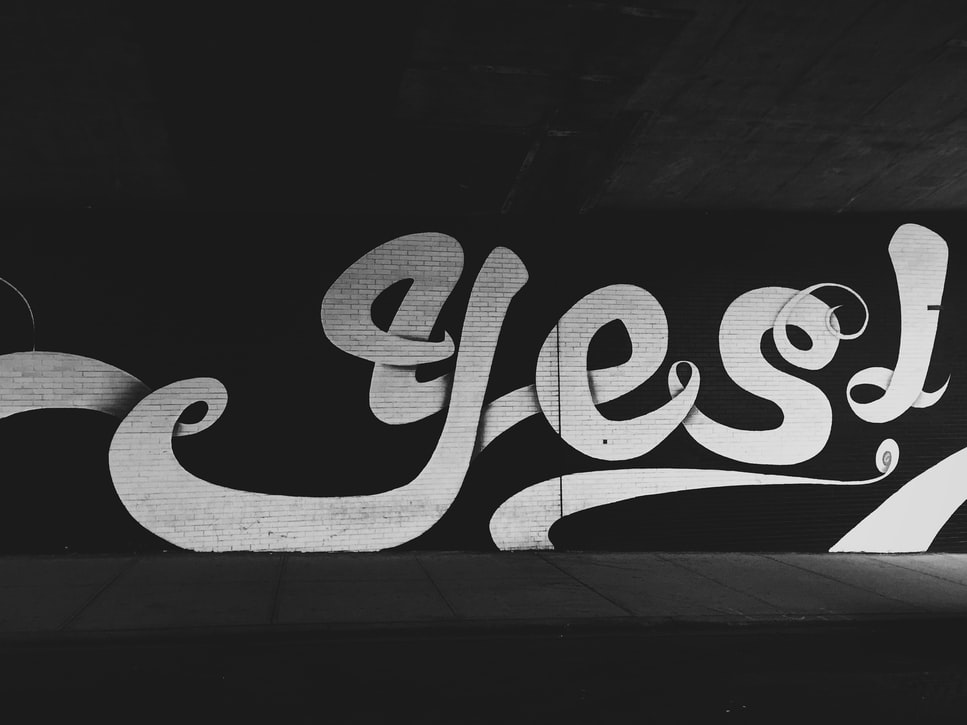The Game Industry and the Marriage Equality Survey: One Year On

- October 17, 2018
Vee Pendergast
Vee is a Co-founder and Managing Director of Stirfire Studios, a Perth based games studio. She has worked across several IPs and projects, both original works and third-party. She also works with Screenwest on their new initiatives to support the games and VR industries as well as sitting on the WAITTA advisory board. Vee has a long history of consulting to peak bodies in the Australian games industry.
Nearly a year ago now, I wrote this article for this very site. It summarised many of my personal feelings, and those of queer workers, viewed through the lens of the game industry. The game industry in Australia is irrevocably touched by a large proportion of queer developers. I regard that article as among the most important pieces I have ever written.
Through the marvels of social media, I am continually being reminded that only one year ago, the Australian queer community felt it was under siege. Families were at loggerheads, there was awful, inaccurate and hateful propaganda across multiple media vectors being put out by the No Campaign, and I remember experiencing the multiple cries for anguish across my immediate peers both inside and outside of games. Multiple mental health and suicide prevention hotlines and services reported spikes in calls of around 30 to 40 percent.
One year, one pending federal election, and one change of prime minister later, it is time to take stock. On November 15th, 2017, the federal government changed the law to allow same-sex couples to marry. This was to the great relief of many who feared the possibility that parliament would not pass the changes even after such a resounding Yes response in the postal survey. But this change in federal law has left many states with conflicting legacy issues: for many couples where one of the partners is transgender, there are additional legal complications. In some states, couples who are already married where one partner wishes to lodge change-of-gender paperwork would have to legally divorce before that paperwork could be processed. The states were given twelve months to resolve this; unfortunately, it is still not clear as to whether many states have done so. While this persists, the fight for true marriage equality continues.
In my home state of Western Australia, it is now legally acceptable for intersex who identify as nonbinary to have it recognised that they do not identify as male or female on their legal documentation. However, that is not the case for trans-identifying nonbinary people not medically designated as intersex. Further progress is required to ensure the recognition of nonbinary people.
We have inherited a Prime Minister that abstained from the same-sex marriage vote. The new Prime Minister, while referring to the Safe Schools program, made the statement that schools do not need ‘gender whisperers’. No doubt a ‘gender whisperer’ in my own adolescence could have assisted me with dealing with what became years of pain due to gender dysphoria and knowing that no matter what I did, there are places in society that are hostile to me.
One year on, it is impossible to say that the Yes postal result and subsequent change to federal law has ‘fixed’ anything in its entirety. Trans people are still not equal in the eyes of the law. Nonbinary people are still having their identities scrutinized by cisgender gatekeepers. And inane bureaucratic conflicts are leaving many already married queer couples in marriage limbo as they try to negotiate a law that struggles to adapt to the realities of diverse genders and sexualities. Certainly, a massive step forward occurred, but there are so many of us still left behind.
